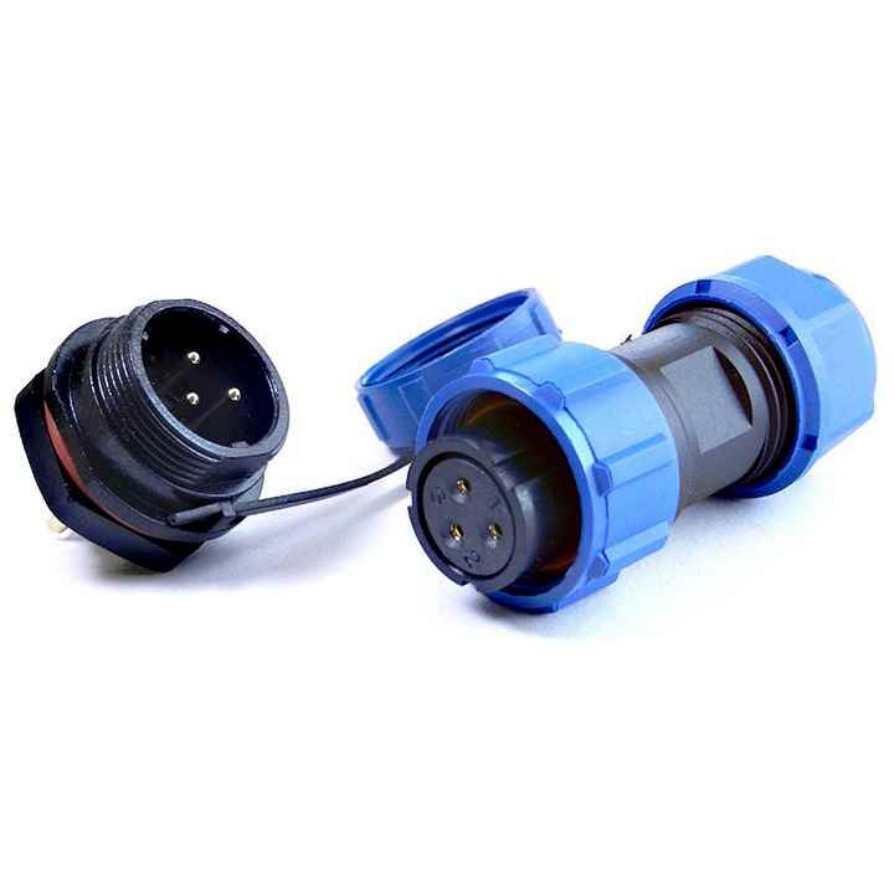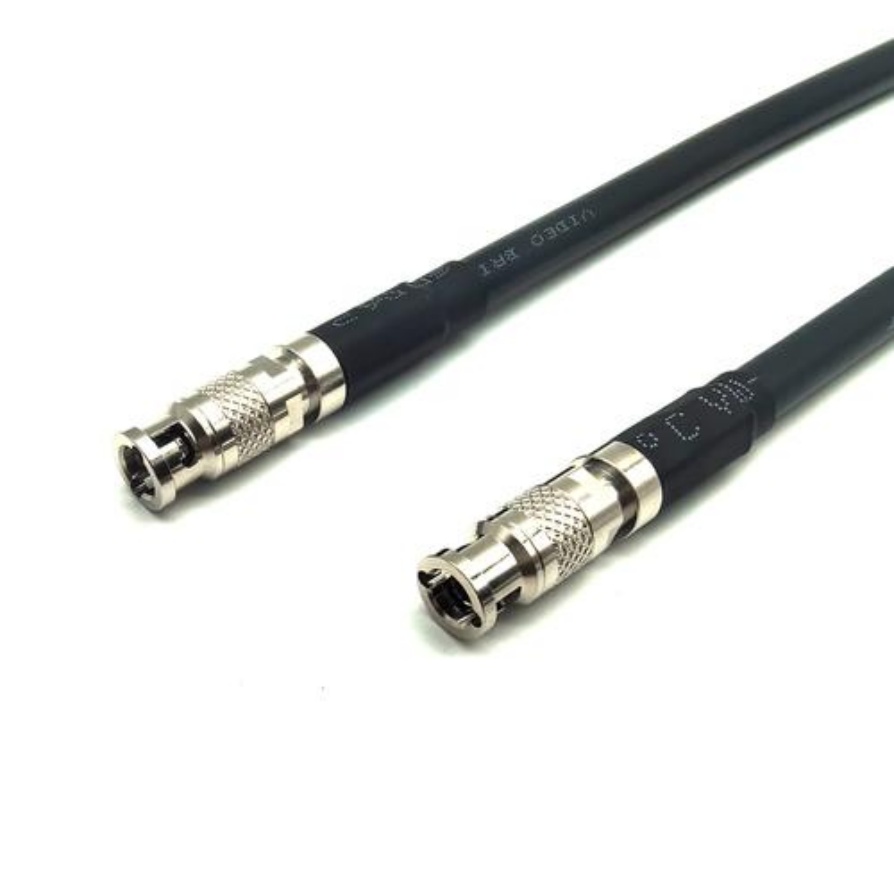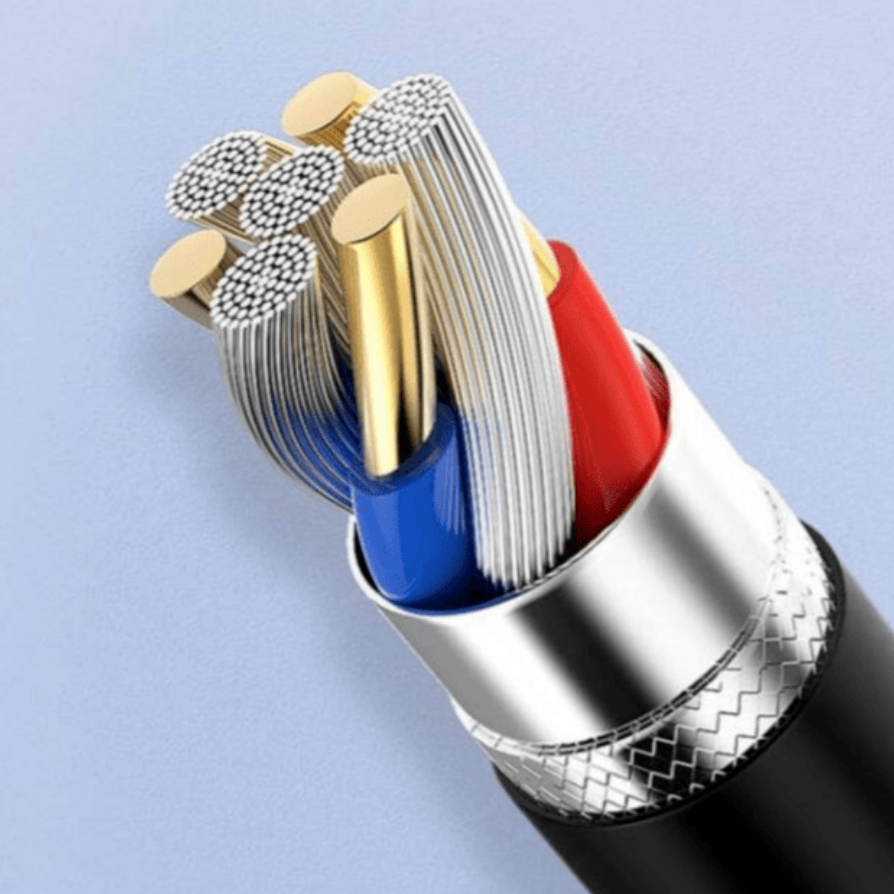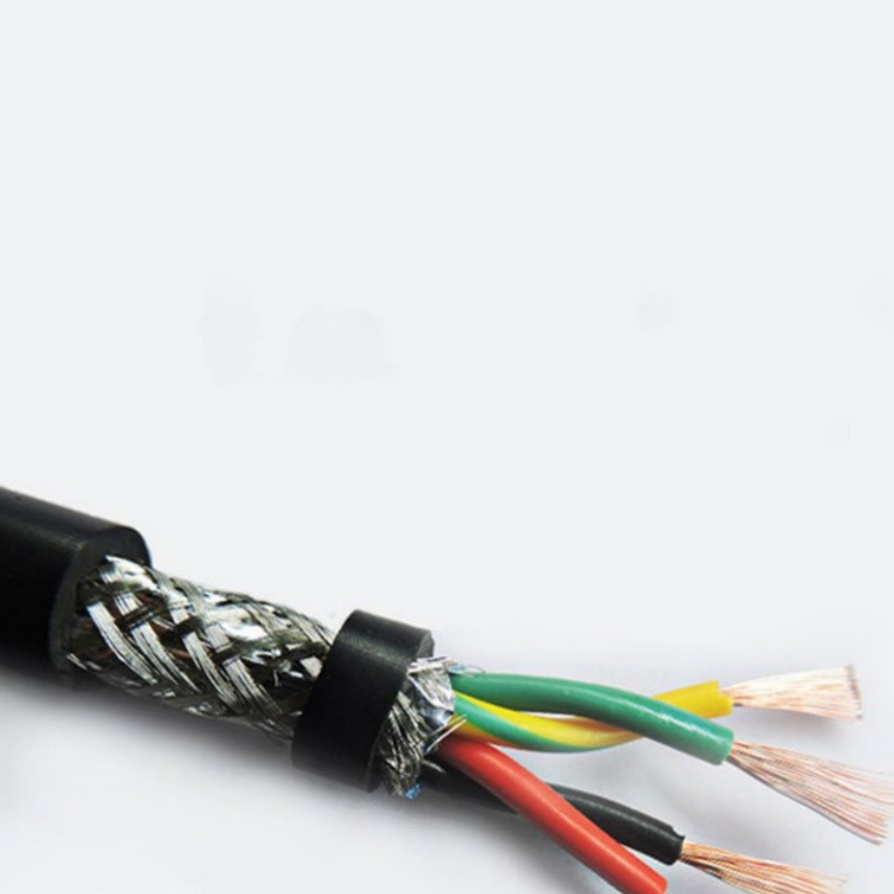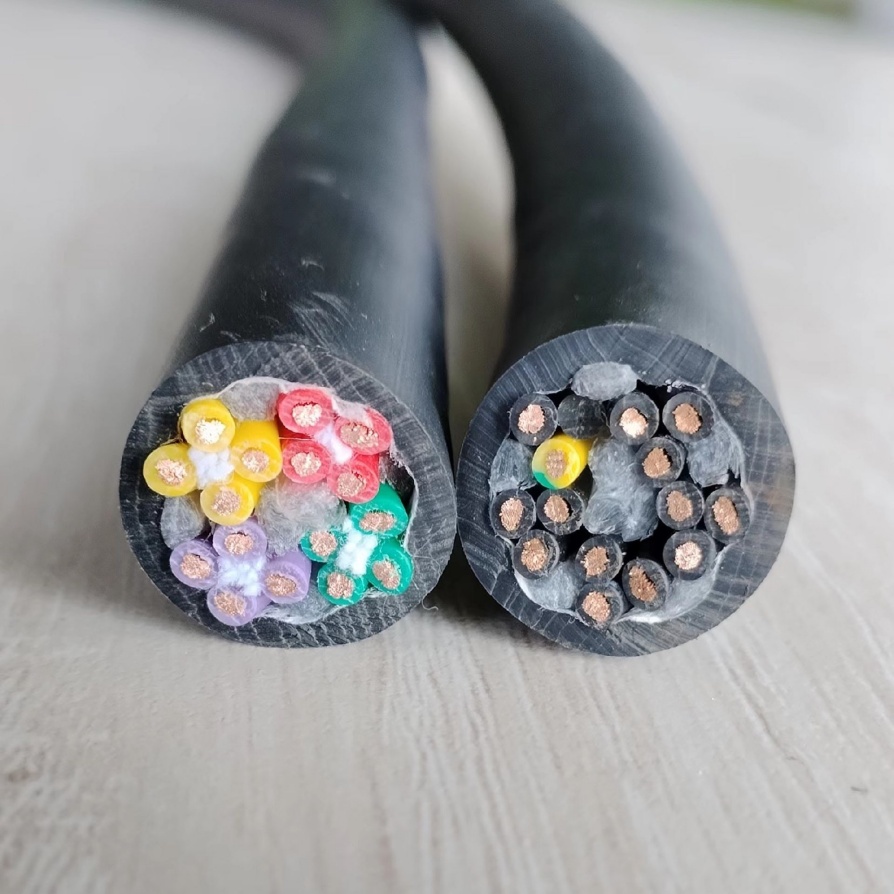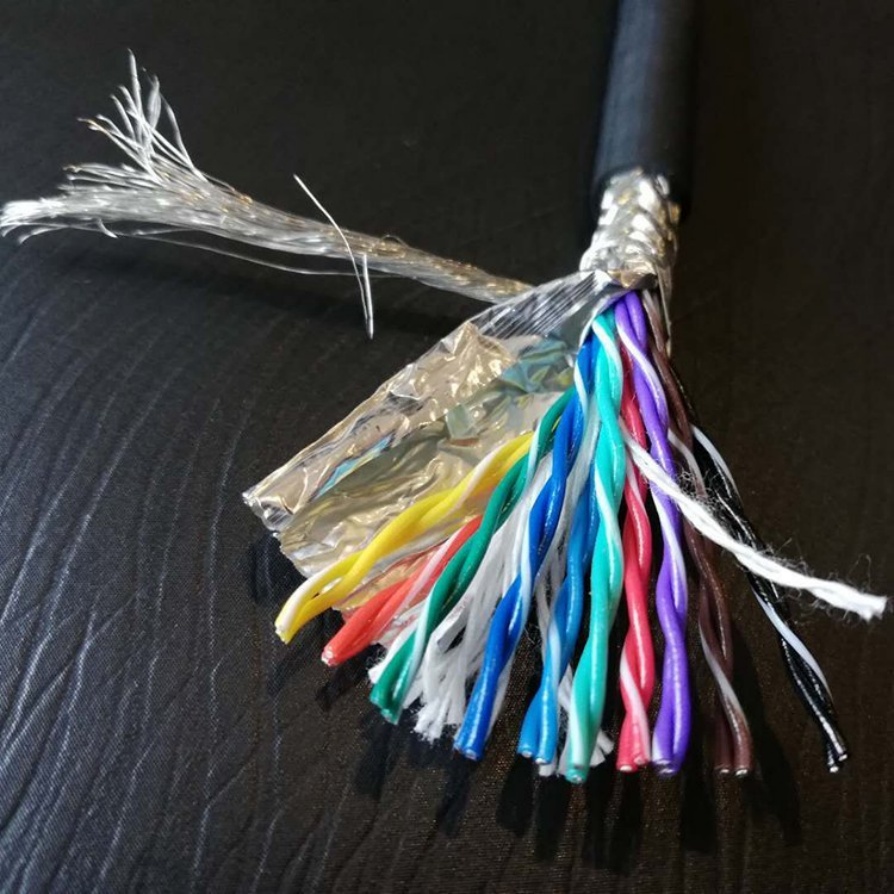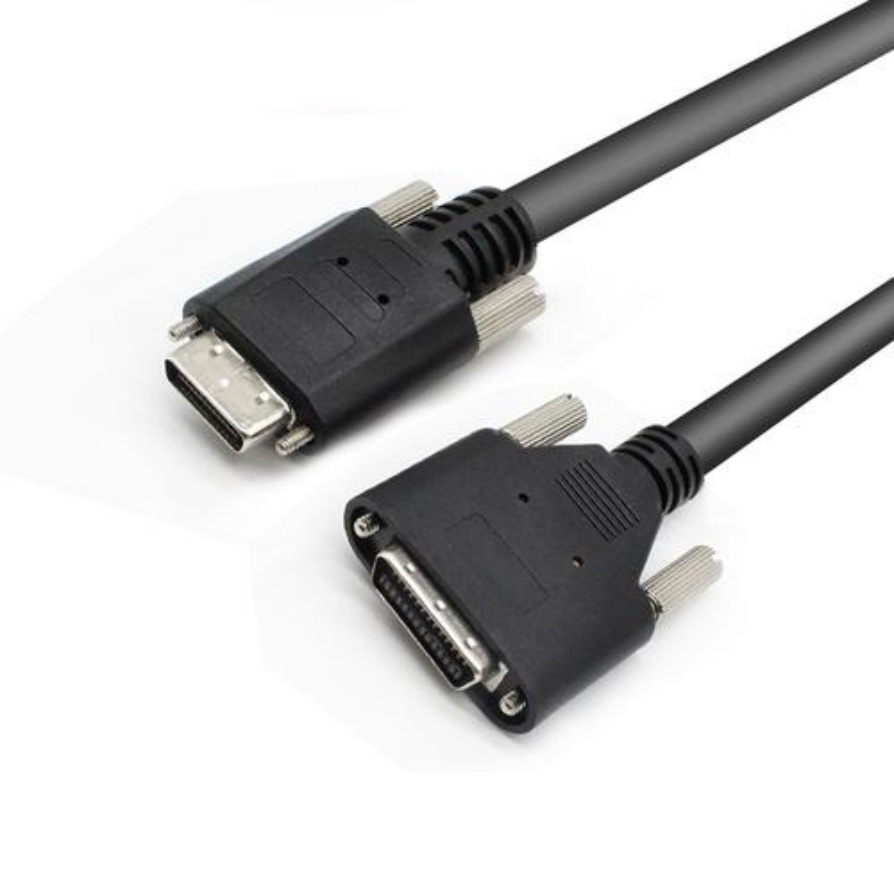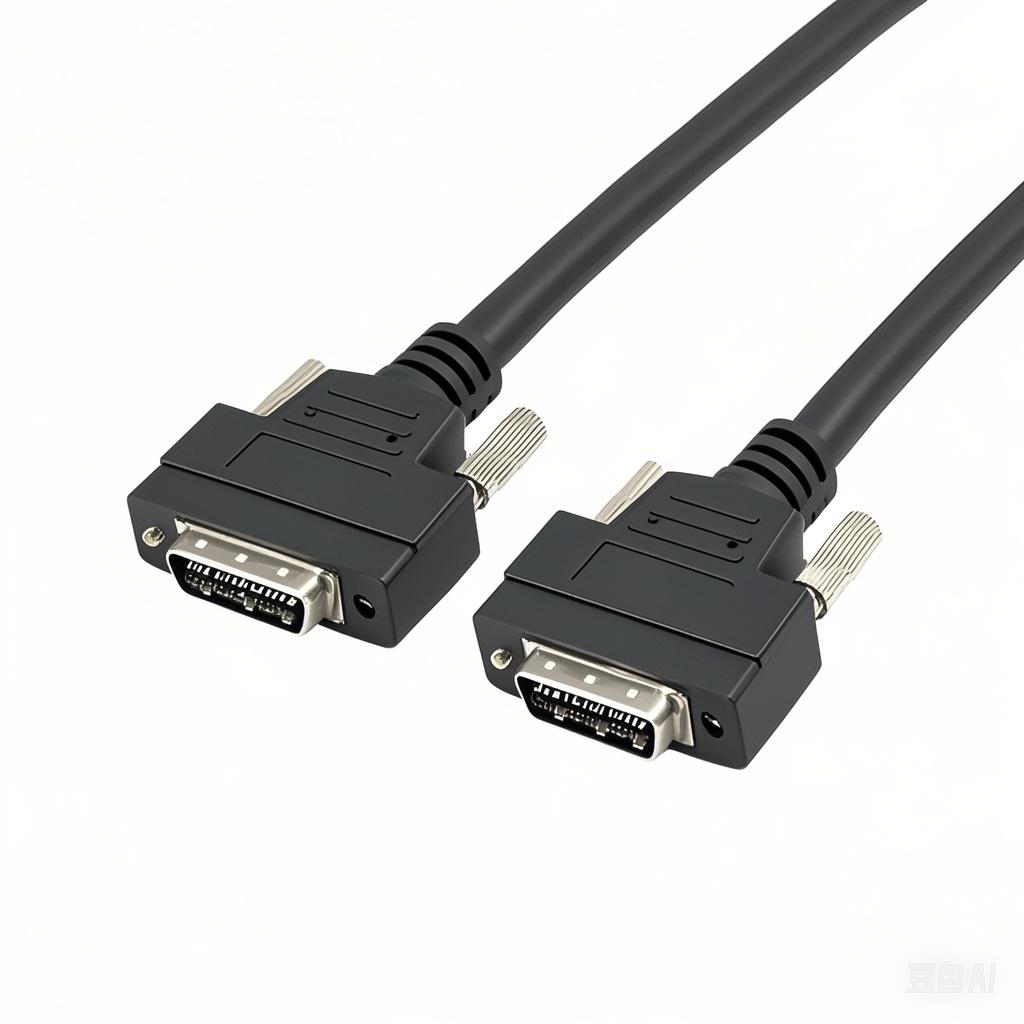How to Test the Voltage Rating of Machine Cable: A Step-by-Step Guide
Machine cables are critical components in industrial equipment, as they transmit power and signals to ensure smooth operation. The voltage rating of a machine cable refers to the maximum voltage it can safely withstand without insulation breakdown, which directly impacts equipment safety and lifespan. Testing this rating is not just a preventive measure—it is essential to avoid electrical failures, fires, or damage to expensive machinery. This guide breaks down the process of testing machine cable voltage ratings clearly, ensuring accuracy, safety, and compliance with industry standards.
1. Understand the Basics: What You Need Before Testing
Before starting the test, you must prepare the right tools, assess the cable, and prioritize safety. Skipping these steps can lead to inaccurate results or personal injury.
- Gather Essential Tools: You will need a dielectric strength tester (also called a hipot tester) for high-voltage testing, a megohmmeter (insulation resistance tester) for preliminary checks, wire strippers, cleaning cloths, and insulated gloves/eyewear. Ensure all tools are calibrated—uncalibrated equipment can produce unreliable data.
- Inspect the Cable First: Check the cable for physical damage (e.g., cracks in insulation, frayed wires, or moisture). If the insulation is compromised, do not proceed with high-voltage testing, as it may cause further damage or electric shock.
- Confirm Cable Specifications: Refer to the cable’s datasheet to find its rated voltage (e.g., 600V, 1kV, 10kV). The test voltage must align with industry standards (e.g., IEC 60227 or UL 1581)—typically 1.5 to 2 times the rated voltage for dielectric tests.
2. Step-by-Step Process to Test Machine Cable Voltage Rating
Follow these sequential steps to ensure a safe and accurate test. Each step is designed to eliminate variables and validate the cable’s insulation integrity.
Step 1: Prepare the Testing Environment
- Choose a dry, well-ventilated area away from flammable materials or conductive surfaces.
- Disconnect the cable from all power sources and equipment. Label the cable ends to avoid confusion during 接线 (wiring).
- Clean the cable’s insulation with a dry cloth to remove dust, oil, or debris—contaminants can skew test results.
Step 2: Perform a Preliminary Insulation Resistance Test
- Use a megohmmeter to measure the cable’s insulation resistance (usually at 500V or 1000V, depending on the cable’s rating).
- Connect the megohmmeter’s positive lead to one cable conductor and the negative lead to the cable’s shield or ground.
- Run the test for 1 minute. A healthy cable should show resistance values above the standard threshold (e.g., ≥100 MΩ for low-voltage cables). If resistance is too low, the cable may have insulation flaws and require repair before high-voltage testing.
Step 3: Conduct the Dielectric Strength Test (Hipot Test)
The dielectric strength test is the core of verifying voltage rating—it checks if the insulation can withstand high voltage without breakdown.
- Set up the dielectric strength tester: Adjust the test voltage to the required level (e.g., 1.5× the cable’s rated voltage). For example, a 600V cable would be tested at 900V.
- Connect the tester’s leads: Attach the high-voltage lead to one conductor of the cable and the ground lead to the cable’s insulation or shield. Ensure no other conductors are in contact with the test area.
- Gradually apply the voltage: Increase the voltage slowly (over 10–30 seconds) to avoid sudden insulation stress. Hold the voltage at the test level for the specified time (usually 1–5 minutes, per standards).
- Monitor for breakdown: Watch the tester for signs of insulation failure, such as a sudden drop in voltage, sparking, or an alarm. If breakdown occurs, the cable does not meet its voltage rating and must be replaced.
Step 4: Record and Document Results
- Log all test details: Note the cable type, rated voltage, test voltage, test duration, insulation resistance values, and whether breakdown occurred.
- Compare results to standards: Ensure the cable’s performance meets the manufacturer’s specifications and industry norms (e.g., IEC, UL, or local electrical codes).
- Store records for compliance: Documentation is critical for audits, maintenance tracking, and troubleshooting future issues.
3. Critical Safety Precautions
High-voltage testing poses significant risks—always prioritize safety to protect yourself and equipment.
- Wear personal protective equipment (PPE): Insulated gloves (rated for the test voltage), safety glasses, and non-conductive shoes are mandatory.
- Restrict access to the test area: Use warning signs or barriers to keep unauthorized personnel away. Only trained technicians should perform the test.
- Avoid overtesting: Never exceed the recommended test voltage or duration. Overtesting can damage the cable’s insulation, even if it passes initially.
- Handle faulty cables carefully: If a cable fails the test, isolate it immediately to prevent accidental use. Dispose of or repair it per safety guidelines.
4. FAQs About Machine Cable Voltage Rating Testing
Q1: How often should I test the voltage rating of machine cables?
A: Frequency depends on usage and environment. For cables in harsh conditions (high temperature, moisture, or vibration), test every 6–12 months. For indoor, low-stress cables, annual testing is sufficient.
Q2: Can I use a megohmmeter alone to verify voltage rating?
A: No. A megohmmeter checks insulation resistance but does not simulate the high-voltage stress the cable faces in operation. The dielectric strength test is required to confirm voltage rating.
Q3: What if a cable passes the insulation test but fails the hipot test?
A: This indicates the insulation has minor flaws (e.g., microcracks) that only appear under high voltage. The cable is unsafe for use and should be replaced.
Properly testing the voltage rating of machine cables ensures your equipment operates safely and avoids costly downtime. By following this guide, you can conduct tests accurately, comply with standards, and maintain the reliability of your industrial systems.
If you need a printable checklist for machine cable voltage testing (including tool lists and step-by-step prompts), I can create one for you to use during on-site inspections. Would you like that?


